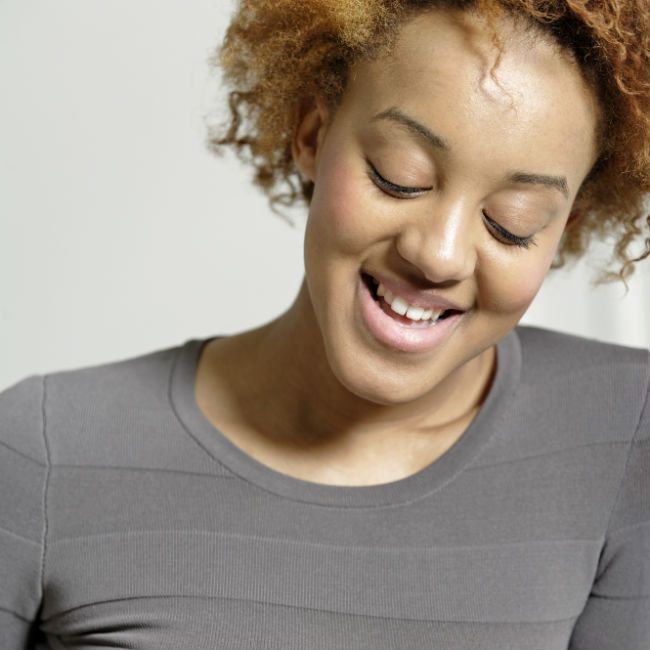
Before I went natural, I didn’t really take my hair health seriously. I would sleep with no scarf, wear tight ponytails for days on end, and completely disregard any shedding without a second glance. Now that I’ve invested so much time, energy, and money into my curls and coils it’s a whole different ball game. If I have any shedding or breakage, I need to get to the bottom of it immediately–I even photograph my shedding to compare it to previous wash days and keep a log of what products I used on each occasion. No surprises, it’s not a game out here!
Our Curly Q&A forum gets a lot of questions about shedding and hair fall so I decided to answer a few that come up pretty frequently in one post. Here we go!
Why does more hair fall out each time I wash and detangle?
A reader asks, “I moisturize my hair almost everyday; I do wash n go’s, twist-outs, and braid-outs often. Every time I wash my hair I condition it, comb it, and style it, and I see hair come out?! It’s not a handful of hair or anything but this happens every time I do my hair. Is this breakage? I started finger detangling only recently; I was using a Denman brush previously and a wide tooth comb. If it’s breakage, what can I do? Thanks!”Well, it seems like you’re treating your hair pretty well. Daily moisture is essential and finger detangling is best when it comes to preventing shedding and breakage. I prefer to start with finger detangling, first. Then, I’ll reach for a wide tooth comb–but I save my Denman Brush for distributing product, not for detangling.
How can I tell the difference between a shed hair and breakage?
You’ll notice that shed hairs tend to be longer–about the full length of your hair–and show a white bulb. Breakage on the other hand, is a portion of a strand of hair, so the hairs are short and wispy.
It is said that the average person sheds from 50 to 100 hairs per day, so if you wait to detangle after a week or so, that’s a lot of hair! Like I said, I photograph my shedding to get an idea of what is ‘normal’ for my coils. I also like to treat myself to a professional salon experience a few times a year to see how much shedding my hair is doing when an expert is doing the detangling to be sure I’m staying on the right track with maintenance.
If you’re experiencing breakage it’s not the end of the world; you may just need a trim to even things out and then start a regimen that includes special attention to your ends, moisturizing and sealing them daily.
Why do I see more shed hairs after taking down a protective style?
One reader asks, “I have crazy shedding. Protective style take-downs make me shed more, why is that?” A lot of shedding after protective styling is totally normal. The 50 to 100 hairs you shed daily haven’t been shedding because your hair has been braided, under a wig, etc. Instead of naturally falling, the shed hairs have just been nesting under your protective style.
If you still think the hair fall is extreme, moisturize your hair while it’s in protective style mode. Spray leave-in conditioners are great for this.
I gave myself a trim and now I’m shedding more than normal. What happened?
Another reader asks, “My hair has been shedding a lot in the past two months. What can I do to stop it or control it? I gave myself a trim to try to stop breakage but my hair sheds a lot. I finger detangle and at the end of it my bathroom is covered in my hair. My roommates get irritated because when I detangle my curly hair goes everywhere. Is this normal?”
Shedding is totally normal and breakage can easily be repaired with a trim and a regimen that includes nightly moisturizing and sealing your ends. As far as this increase in shedding, this is something that you’re going to have to put more research into. I went through a phase like this and it corrected itself: I was using all-natural products but I have a feeling it was because of a new diet I was trying.
Condense your routine to using fewer products and giving your hair the absolute best treatment you can. If you’re still experiencing more shedding or breakage than usual, see a professional trichologist who can assess your hair and scalp. With gentle care and quality products, your hair should thrive and be more gorgeous than ever!
Do you have an area of concern regarding your naturally curly hair? We’re here to help–feel free to post it in our Curly Q&A section for the community to respond.


